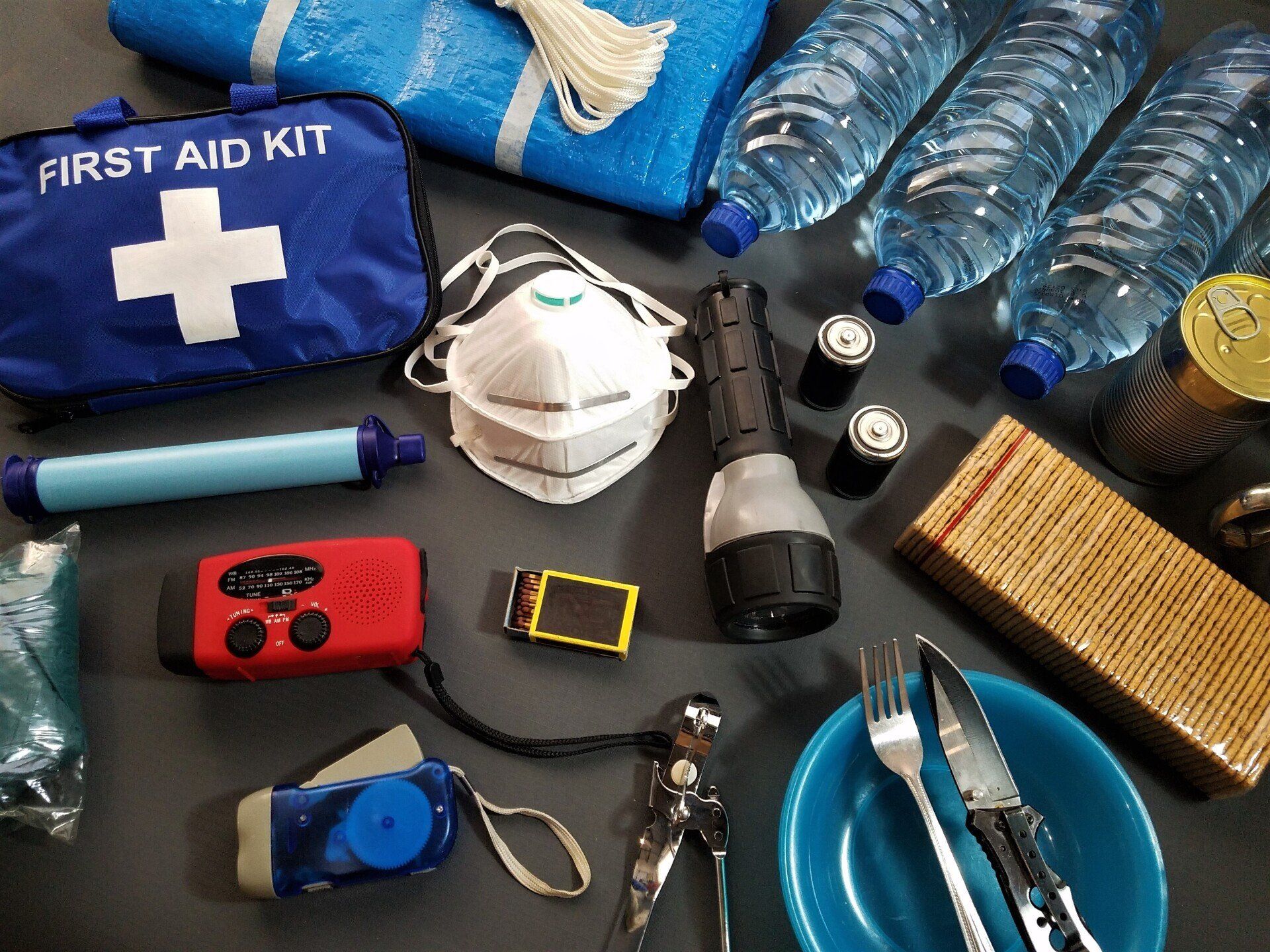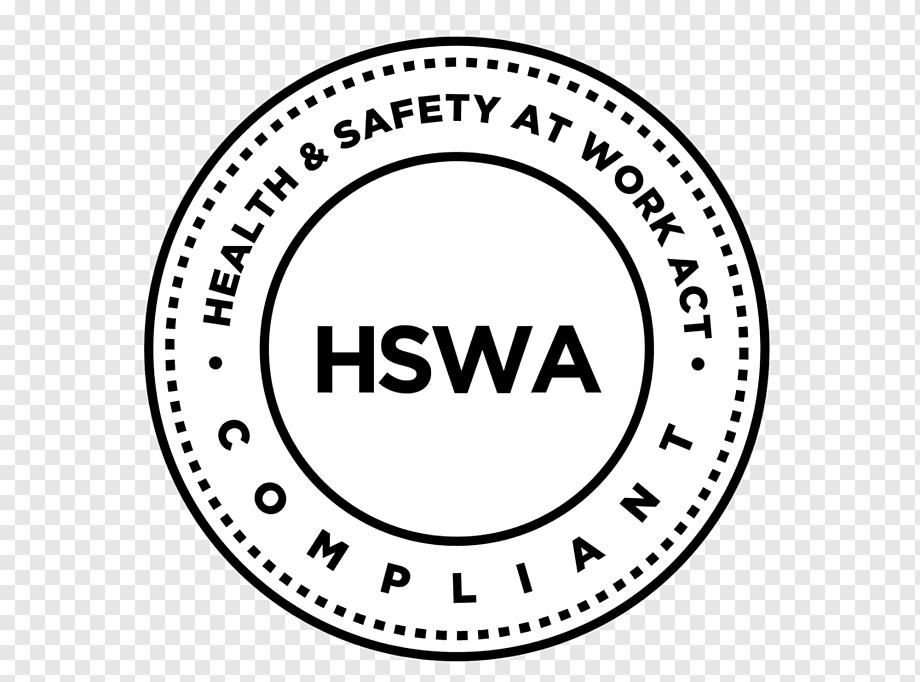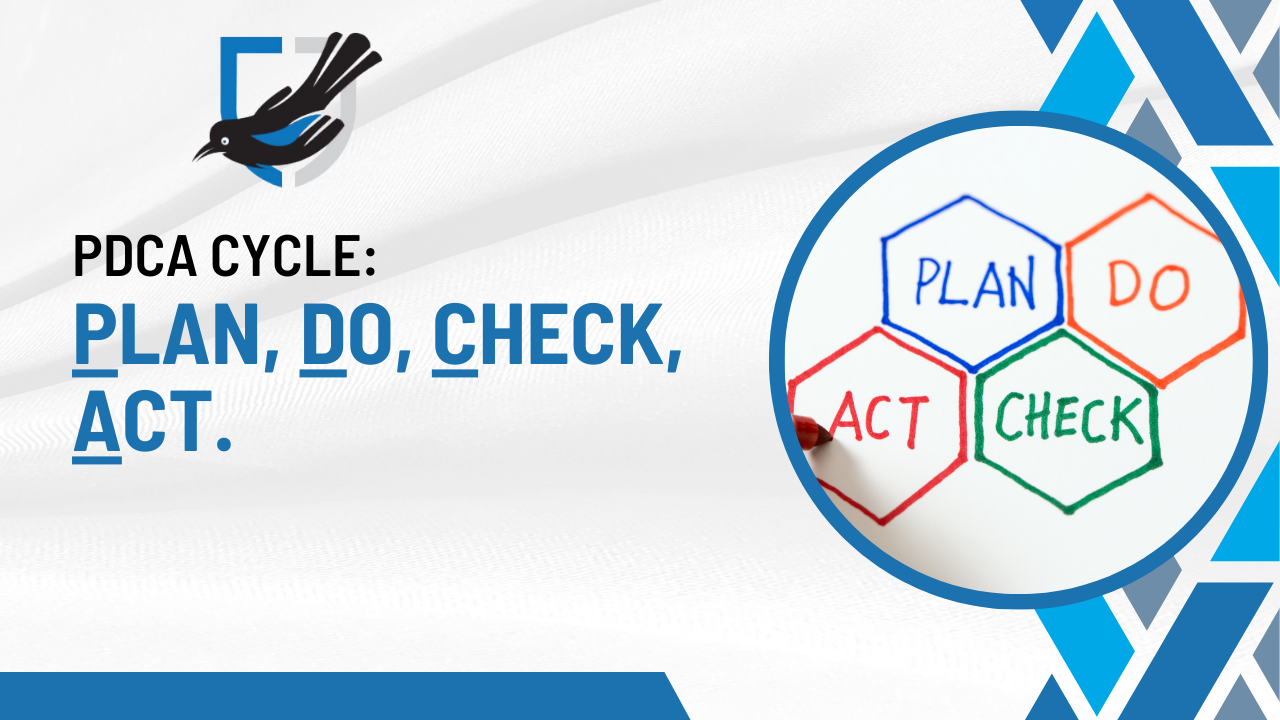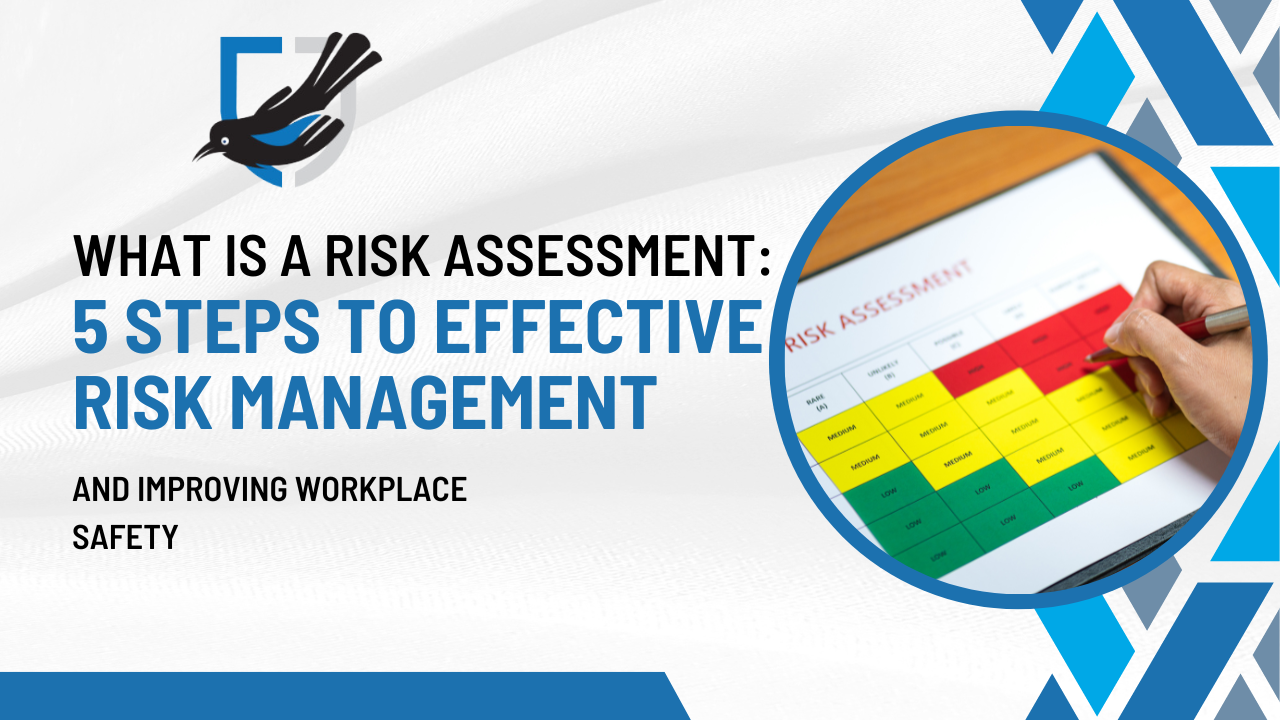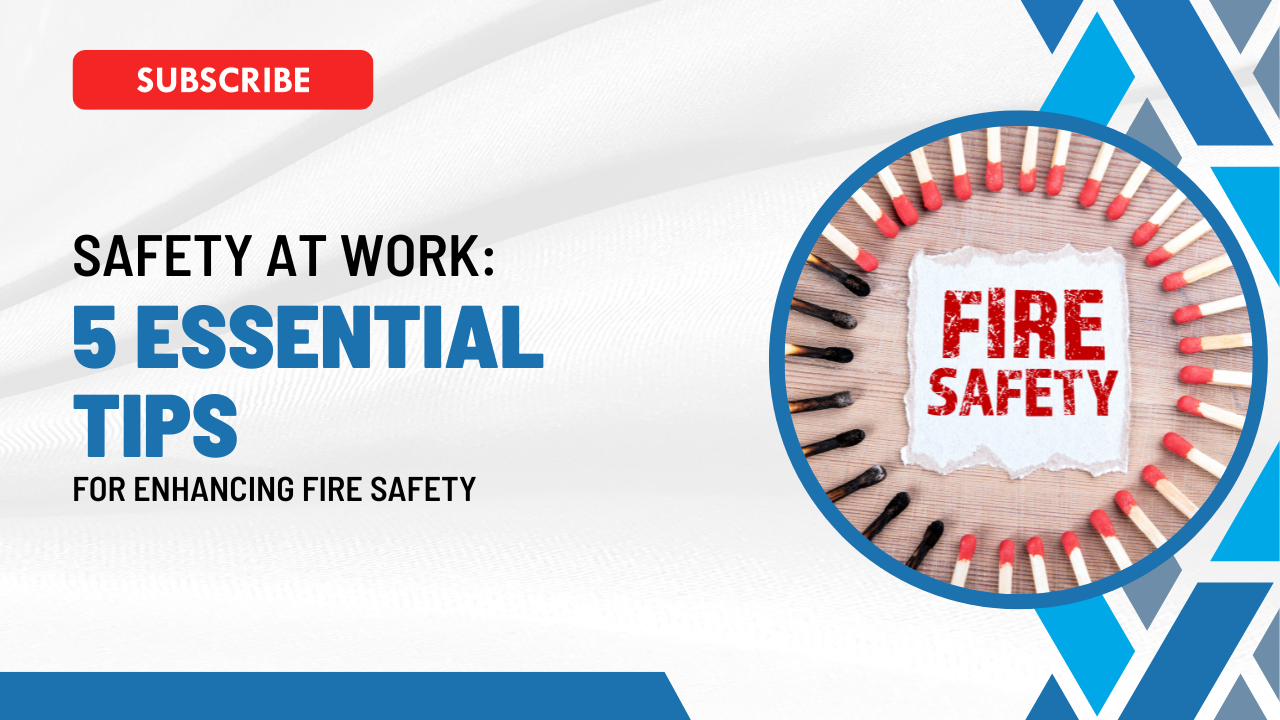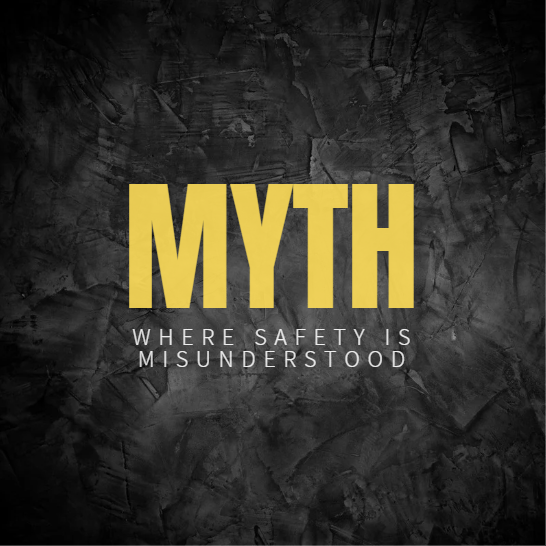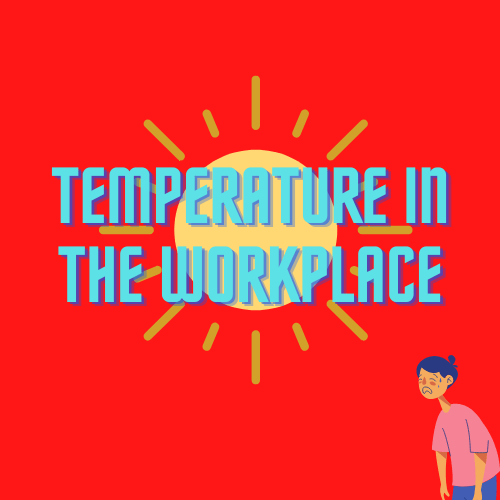Emergency Preparedness in the Workplace
Emergency Preparedness:
Emergencies at work can strike at any time, and being prepared is crucial for maintaining the safety and well-being of employees in the workplace. In this blog post, we will not only highlight the significance of having well-defined emergency procedures but also delve into the key elements to consider when creating an effective emergency preparedness framework. By implementing these measures, businesses can foster a resilient work environment and ensure the protection of their workforce.
Recognising the Need for Emergency Preparedness:
Emergencies can range from natural disasters to medical emergencies and workplace incidents. It is important to be proactive and prepared for these situations. Potential risks and disruptions caused by emergencies underscore the need for a comprehensive and prepared emergency plan.
Developing an Emergency Response Team:
Establishing an emergency response team is vital for your effective emergency management. Designating leaders, coordinators, and first aiders with clear roles and responsibilities is essential. Ensure that team members receive proper training on emergency procedures and establish clear communication channels within the team.
Creating Evacuation Plans:
Evacuation plans are critical for safely evacuating employees during emergencies such as fires or building evacuations. Therefore you should create evacuation plans tailored to your workplace layout. To do this, include clearly marked evacuation routes, designated assembly points, and procedures for assisting individuals with disabilities. You will also need to regularly conduct drills to familiarise employees with the evacuation process.
Establishing Communication Protocols:
Effective communication is essential during emergencies to distribute information, coordinate response efforts, and provide updates to employees. Establish communication protocols, such as designated communication channels, emergency alert systems, and employee notification procedures. You also need to keep contact information up to date.
First Aid and Medical Response:
Having trained personnel and accessible first aid resources can make a significant difference in emergencies at work. Ensure that you have trained first aiders available in your workplace. Keep well-stocked first aid kits and establish clear procedures for medical emergencies. You should also consider conducting regular first aid training and ensure there is easy access to emergency medical services.
Reviewing and Testing the Emergency Preparedness Plan:
This is an ongoing process that requires regular review, updates, and testing. drills and exercises need to be conducted to test the effectiveness of your emergency preparedness plan. Encourage feedback from employees and use lessons learned from past incidents or near misses to improve the plan continuously.
Conclusion:
By prioritising emergency preparedness in your workplace, the businesses can create a resilient work environment that protects the safety and well-being of their employees. This blog post was written to highlight the significance of having well-defined emergency procedures, including evacuation plans, communication protocols, and a first aid at work response. By implementing practical tips and guidelines, businesses can establish an effective emergency preparedness framework, fostering a culture of safety and readiness.
